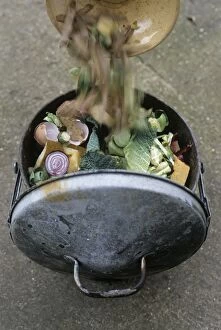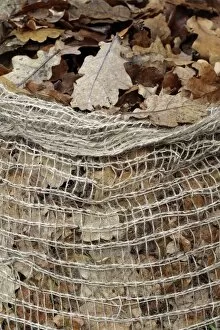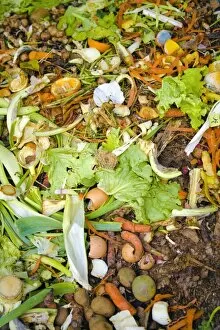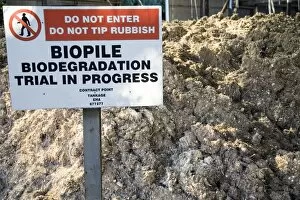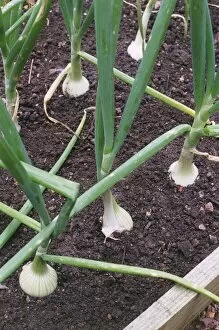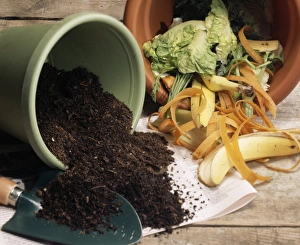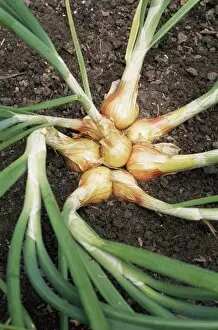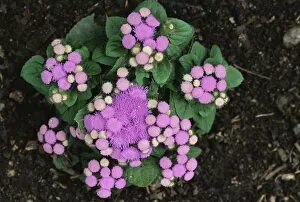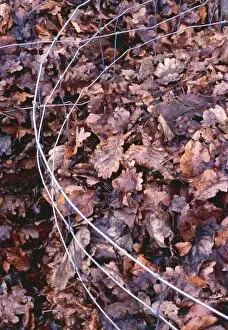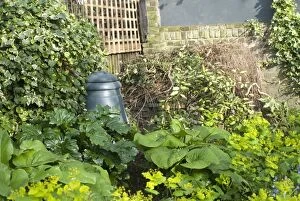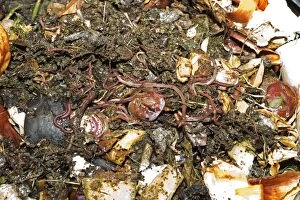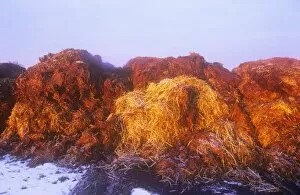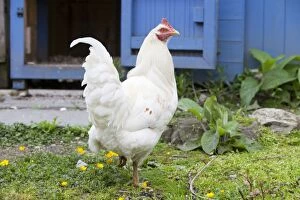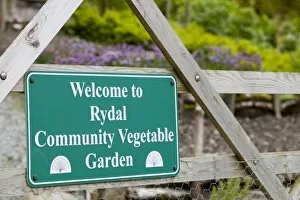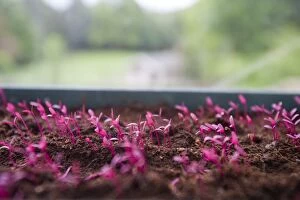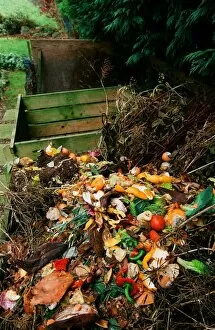Compost Collection (page 6)
"From Kitchen Scraps to Nutrient-Rich Soil: The Magic of Compost" In the heart of Cotswolds, UK, a black plastic composting bin stands tall, brimming with potential
All Professionally Made to Order for Quick Shipping
"From Kitchen Scraps to Nutrient-Rich Soil: The Magic of Compost" In the heart of Cotswolds, UK, a black plastic composting bin stands tall, brimming with potential. Inside this 220-liter container made from 100% recycled plastic by Blackwall, a bustling community thrives. A closer look reveals an intricate network of worms wriggling through a variety of kitchen waste – vegetable and fruit peelings mingling with cardboard scraps. These diligent worms are nematodes, captured in stunning detail under the lens of a scanning electron microscope (SEM). Their tireless efforts transform discarded organic matter into dark, rich compost – nature's own recycling system at work. Composting is not a new concept; it has been practiced for centuries. An ancient woodcut engraving depicts shepherds tending to their flock while surrounded by perils at sea. This illustration comes from "Le Grand Kalendrier et Compost des Bergiers, " printed in Troyes around 1490 – evidence that even our ancestors recognized the value of composting. In modern times, compost heaps take on various forms. In wild areas adorned with nettles and other plants thriving on nutrient-rich soil, wooden planks and posts create sturdy enclosures for decomposing organic matter. These humble structures serve as havens for countless microorganisms breaking down garden waste into precious humus. A cross-section illustration unveils the inner workings of a blue plant pot layered meticulously to ensure optimal drainage and growth conditions. Gravel provides stability at the base while turves and nutrient-rich compost nurture plants above ground level—a testament to how thoughtful design can enhance gardening success. Across continents in Issaquah, Washington State USA, rows of plastic watering cans stand ready for hand-watering gardens nurtured by this very same composted goodness. As gardeners tend to their green spaces using these tools inspired by practicality and convenience alike—compost remains the backbone of their thriving plants.



